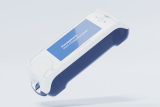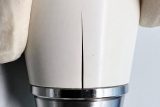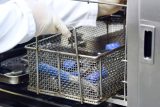Reusable device lifecycle testing applies real world conditions to your medical device or instrument for a specified amount of time or cycles. This includes but is not limited to:
Soiling, Functional cycling, pre-soaking, manual brushing, sonicating, detergent washing, disinfecting, wrapping, ans terminal sterilization.
Design and development teams have many choices of materials and configurations for their reusable devices and best practices as well as historical successes lead them to final design parameters. When new materials are introduced or untested design features are implemented longevity is in question. Furthermore, since the FDA is taking a stronger stance regarding longevity, the manufacture now has more culpability. Risk assessment for any one design must now include some metric to determine/quantify when a device is safe to use and when it is not.
Clinical Re-processing Cycles (CRC)
To study longevity companies will usually choose a final design or subset of materials in which to apply real world conditioning and then analyze the results. Study methods usually start with stating an appropriate re-processing method that invariably includes cleaning and sterilization. The next step is to state how many uses these devices are expected to be exposed to.



